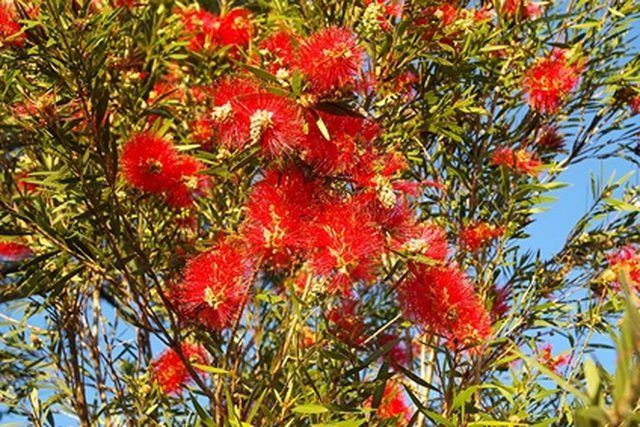Bulbs
Flower Basics
Flower Beds & Specialty Gardens
Flower Garden
Garden Furniture
Garden Gnomes
Garden Seeds
Garden Sheds
Garden Statues
Garden Tools & Supplies
Gardening Basics
Green & Organic
Groundcovers & Vines
Growing Annuals
Growing Basil
Growing Beans
Growing Berries
Growing Blueberries
Growing Cactus
Growing Corn
Growing Cotton
Growing Edibles
Growing Flowers
Growing Garlic
Growing Grapes
Growing Grass
Growing Herbs
Growing Jasmine
Growing Mint
Growing Mushrooms
Orchids
Growing Peanuts
Growing Perennials
Growing Plants
Growing Rosemary
Growing Roses
Growing Strawberries
Growing Sunflowers
Growing Thyme
Growing Tomatoes
Growing Tulips
Growing Vegetables
Herb Basics
Herb Garden
Indoor Growing
Landscaping Basics
Landscaping Patios
Landscaping Plants
Landscaping Shrubs
Landscaping Trees
Landscaping Walks & Pathways
Lawn Basics
Lawn Maintenance
Lawn Mowers
Lawn Ornaments
Lawn Planting
Lawn Tools
Outdoor Growing
Overall Landscape Planning
Pests, Weeds & Problems
Plant Basics
Rock Garden
Rose Garden
Shrubs
Soil
Specialty Gardens
Trees
Vegetable Garden
Yard Maintenance
Life Cycle of the Bottle Brush Plant
Life Cycle of the Bottle Brush Plant. The bottlebrush or callistemon is a small evergreen shrub belonging to the Myrtaceae family. This tree is a native plant of Australia. The tree grows easily in warm climates with adequate moisture from rain or irrigation. The bottlebrush is used in landscaping to add color and texture. It also attracts a number...

The bottlebrush or callistemon is a small evergreen shrub belonging to the Myrtaceae family. This tree is a native plant of Australia. The tree grows easily in warm climates with adequate moisture from rain or irrigation. The bottlebrush is used in landscaping to add color and texture. It also attracts a number of birds and insects to its bright red blossoms.
Growing Conditions
The bottlebrush will thrive in warm climates, but it can tolerate the occasional frost or temperatures below freezing for a short time. During the winter months, the bottlebrush should not be watered, which will allow the plant to go dormant. When the weather warms in the spring, begin watering again. Make sure you place the bottlebrush in full sun so it will produce healthy flowers.
Flowers and Seeds
The bottlebrush is named for the shape of the spikes of flowers it produces. It blooms during the spring through the summer months. Each bottlebrush-shaped spike is composed of many separate flowers. The pollen is contained on the end of the long filament. The seeds are contained inside a small fruit that forms on the stem. The bottlebrush is unusual because the fruits tend to stay on the tree for one or more years before they release the seeds. The fruits will sometimes open and release the seeds when there is a brushfire. If you want to grow the bottlebrush from seed, collect the closed fruits and put them into a paper bag. When the fruits open and the seeds spill out, sow the seeds into well-draining soil in the spring.
Propagation
While the bottlebrush can be grown from its seeds, it can also be propagated by cuttings. Take cuttings from the healthiest plants. Find stems that are somewhat mature, but not the oldest or youngest stems. You can place the stems in a bucket of water until roots form and then plant in the ground, or plant them directly into the soil and keep the soil moist until the stem is established.
Growth
The bottlebrush tree has a medium growth rate and will take several years before reaching its full potential of between 6 to 15 feet tall. The growth of the tree depends on the amount of sunlight, the climate, the water and even the soil. Bottlebrush trees will do best in soil that drains well; they can tolerate a moderate amount of salt in the soil, but too much salt will damage or kill the roots.
Maintenance
To maintain your bottlebrush tree, keep it trimmed and pruned so it can put more energy into producing flowers rather than new branches. Pruning should be done on the new growth, not the older existing wood near the center of the tree. If you prune too much of the new growth, however, the tree might not produce flowers for a season, but on older trees, trimming off older branches will allow it to produce new growth and flowers.